We say Italy and wine, and it likely brings to mind historic villas, rows of cypress trees, and rolling hills dotted with vineyards. That vision you have, friends, is of the Chianti wine region. But it can quickly raise many questions. If you’ve heard the name but are unsure what it is exactly (hint: it’s not a grape), this guide is for you.
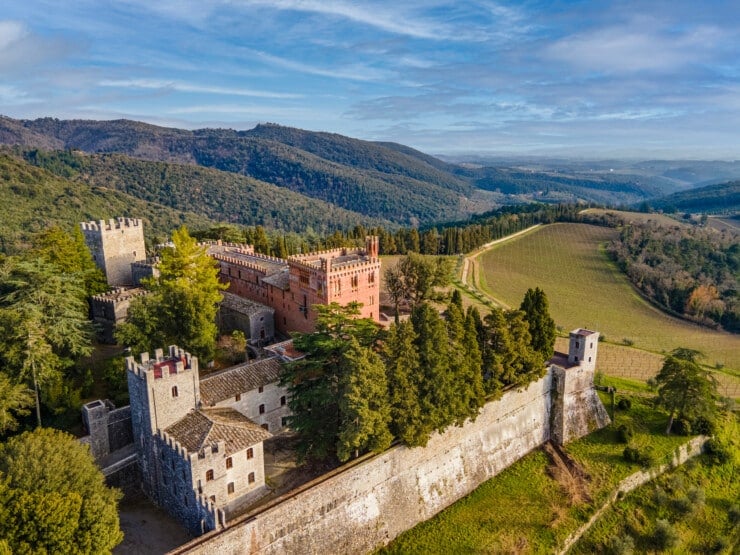
Key Takeaways
- Chianti wine is one of Italy’s most iconic red wines, originating in Tuscany and primarily made from the Sangiovese grape. Its bold acidity and cherry-driven flavors make it incredibly food-friendly, especially with Italian cuisine.
- The Chianti wine region is divided into several subzones, including Chianti Classico, which is the historic heart of the region and considered to produce some of the best quality wines.
- Labels and quality levels matter, with classifications like Chianti DOCG, Chianti Classico DOCG, and Chianti Classico Riserva indicating different standards, aging requirements, and geographic areas.
As someone who lived in Tuscany for over a decade and extensively studied wine, I have spent much time drinking Chianti wine and visiting the region (which is also home to some of our favorite luxury hotels in Tuscany, btw).
Now that I am a travel planner who curates itineraries to Italy, I often have travel clients ask for advice on where to go for wine tasting in Tuscany. Here, I’m sharing all about this classic Tucan wine: its history and the best foods to pair with it.
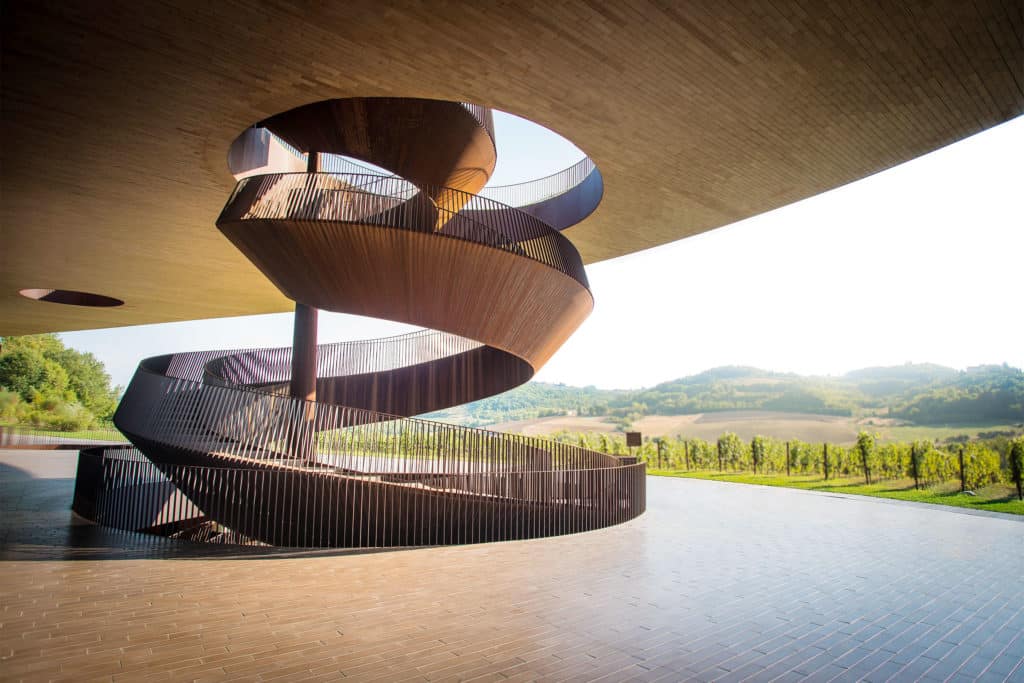
The History Of Chianti
You may assume that Italian wine originated with the Romans, but it actually originated in Tuscany, thanks to the Etruscans, the ancient people of central Italy.
Tuscany is home to Chianti wine, made with one of the oldest grape varieties in Italy (Sangiovese!). It’s also the first wine zone defined worldwide, dating back to 1716! Let’s dive in to learn a bit more about this Italian wine:
Where In Italy Is Chianti?
Chianti (pronounced KEY-on-tee) is the name of a region in Tuscany that specializes in a tangy, dry red wine called Chianti (hence the confusion).
The region borders Florence to the north, Pisa to the west, Arezzo to the east, and Siena to the south. Wines are classified based on region, quality, and aging, and only wine produced in this area can be labeled “Chianti.”
It’s Not A Grape
A common misconception is that Chianti is a grape, but it is a red wine blend made from a minimum of 70% Sangiovese grapes. The remaining 30% comprises Italian grapes, such as Colorino or Canaiolo, or international grapes, including Cabernet Sauvignon or Merlot. Some producers even make it with 100% Sangiovese.
The Term Can Refer To a Few Areas
As a region, Chianti has eleven subzones, so you’ll find a few different types of wine within the denomination. At the bottom of the hierarchy is Chianti, a catchall appellation. Then you have Chianti Classico, an appellation with its rules (more below). Other subzones with a reputation for high-quality bottlings include Chianti Rufina and Chianti Colli Senesi.
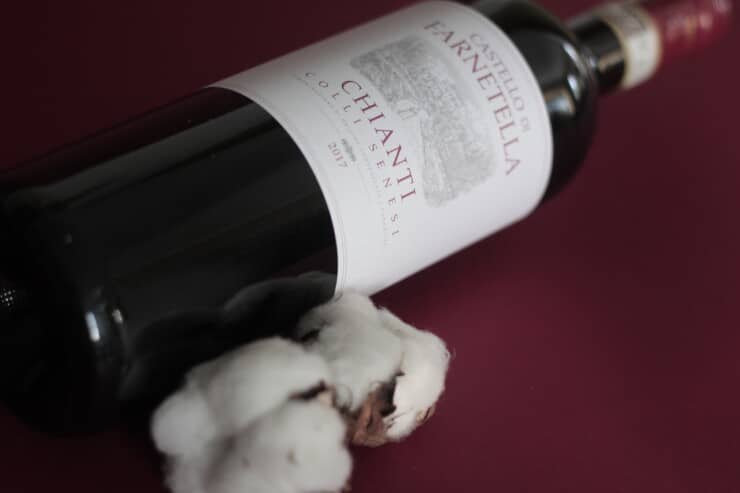
Labeling Chianti Wines
The region was classified as a DOC in 1967 and then received DOCG classification in 1984 (head here if you need a reminder of what those terms mean). Then, in 1996, Chianti Classico became an independent DOCG, and Classico is now considered the original zone.
Some of the most celebrated DOCGs are Chianti Classico DOCG, Chianti Colli Fiorentini DOCG, Chianti Colli Aretini DOCG, and Chianti Colli Senesi DOCG.
What Is The Difference Between Chianti And Chianti Classico?
Chianti is your basic Italian table wine, and it’s held to fewer regulations, while Chianti Classico is a serious wine made from top-quality Sangiovese grapes. Wines labeled “Chianti” can be produced anywhere within the region, while Chianti Classico hails from a smaller section of the larger zone.
The Blends Are Different
The main grape in both appellations is Sangiovese. While Chianti Classico must be made from at least 80 percent Sangiovese grapes, the minimum requirement for Chianti is only 70 percent. Additionally, Chianti Classico is limited to red grapes, whereas Chianti allows up to 10 percent white grape varieties.
One Of The Most Revered Appellations
Chianti Classico has the largest growing area out of all the subregions and, as such, is the easiest to find. Some people mistakenly believe that because it’s called “Classico” or “classic,” it’s better than other types of Chianti. This, however, is not the case; it simply refers to the classic area where the first Chiantis were blended and produced.
The Gallo Nero Label
To identify a Chianti Classico, look for a black rooster or “Gallo Nero” on the label, as the black rooster symbolizes Chianti Classico.
This logo comes from a medieval story. Siena and Florence, constantly feuding, disagreed over the border of Chianti, which controlled a larger portion of this rich and fertile growing area. After years of fighting, they decided to solve the dispute peacefully.
Each city was given a rooster that said a rider from each town would depart at daybreak at each city’s rooster’s first crow. Then, wherever the riders met would be the division of the lands.
Leading up to the race, Florence starved their black rooster, only feeding it minimally at the first hint of sunlight. Siena’s white rooster, instead, was spoiled with food, the idea being that a whole rooster would crow earlier.
On the race day, Florence’s rider was woken at the first hint of light and set off, covering much ground, before Siena’s fat, well-fed rooster even bothered to wake. By the time Siena’s lazy rooster crowed, Florence had taken over most of the Chianti hills!
Chianti Rufina is Worth Exploring
If you want to branch out from Chianti Classico, another respected subzone is Chianti Rufina. This small area, located to the northeast of Florence, produces some of the most highly sought-after Chianti wines.
There are also some beautiful castles to visit, so it’s a great place to get off the beaten path of the usual Chianti excursion. If you’d like to plan a day trip for wine tasting in Chianti, please contact us, and we’ll be happy to help!
What about Riserva or Superiore?
To clarify, the use of “Riserva” or “Superiore” in labels tells you about how the wines are aged, not how “good” they are.
If you see a bottle with Riserva printed on the label, you already know it’s been aged longer than the average Chianti. Here are the most common aging requirements:
- Chianti: At least 6 months
- Classico: At least 1 year
- Superiore: At least 1 year
- Riserva: At least 24 months
- Gran Selezione: At least 2.5 years
What Does Chianti Wine Taste Like?
Describing this wine is no easy feat, as it varies from year to year and blend to blend. But, since it must be made of at least 70% Sangiovese, and Sangiovese has specific characteristics, we can make some general assumptions.
Get To Know Sangiovese
Sangiovese is Italy’s most planted grape, known for producing wines with medium alcohol, medium-high acidity, medium tannin, light to medium body, and a ruby color. However, the grape’s taste depends on where it’s grown.
It Has Red Fruit Flavors
It is a dry, tart, red wine characterized by intense red fruit flavors (think strawberry and raspberry), as well as herbal, smoky, and tobacco notes.
And Medium Acidity
The wine is also often described as acidic, which makes it an excellent match for acidic meals like pasta al pomodoro. It also goes beautifully with the Tuscan standard, “bistecca alla Fiorentina,” because the fat makes the tannins less pronounced.
Frequently Asked Questions About Chianti
Absolutely! Chianti wine pairs excellently with a variety of foods due to its acidity and tannins. It goes particularly well with Italian cuisine, such as pasta dishes with tomato-based sauces, pizza, and grilled meats. Its versatility makes it a favorite choice for many food pairings.
Chianti wine is best served slightly below room temperature, around 60-65°F (15-18°C). It's recommended to open the bottle a few hours before serving or decant it to allow the wine to breathe, enhancing its flavors and aromas.
The aging potential of Chianti wine varies. Regular Chianti wines are typically meant to be consumed within a few years of bottling, while Chianti Classico and Chianti Classico Riserva wines have greater aging potential, often improving over five to ten years or more, depending on the quality and vintage.
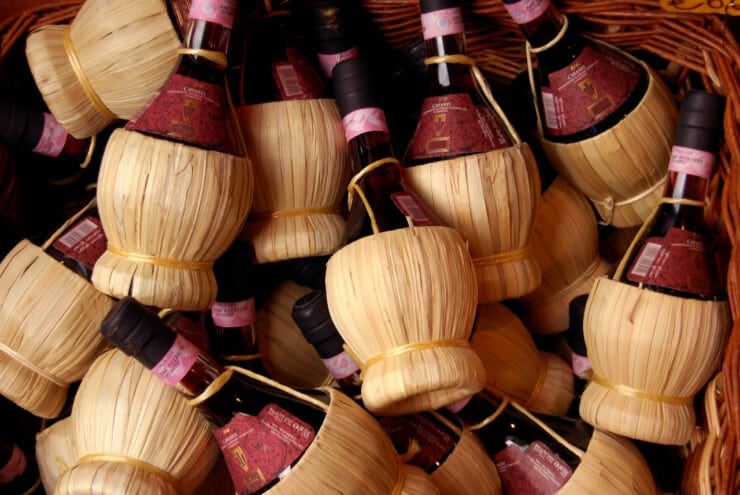
Bonus Tip: Why is Chianti Wrapped In Straw?
The straw-wrapped bottle you’ve seen at your local Italian restaurant is a basic bottle of Chianti wine. As iconic as they are, these “fiaschi” were invented by accident.
These bottles derive their name from the Italian expression “fare fiasco,” meaning to make a mistake. They were created after a production error resulted in some bottle bottoms not flattening during the cooling process. Instead of being thrown out, these mistakes were covered in raffia that gave them a broader base, allowing them to stand up.
Once producers realized the bonus of the straw protecting their precious wine during transport, the iconic bottle was born.
Sip Chianti At Home
Chianti is a wine that some people say you must grow to appreciate unless you’re born in Italy. It may not be a wine that’s immediately easy to drink, but it’s worth trying and savoring repeatedly.
If you want to bring a bit of Tuscany into your home, pair your next Italian meal with a glass of wine. Antinori, Badia a Coltibuono, Fontodi, Frescobaldi, and Querciabella are among the classic producers. According to Eric Asimov, we recommend serving it slightly chilled. Cin Cin!
Get A Personalized Travel Itinerary
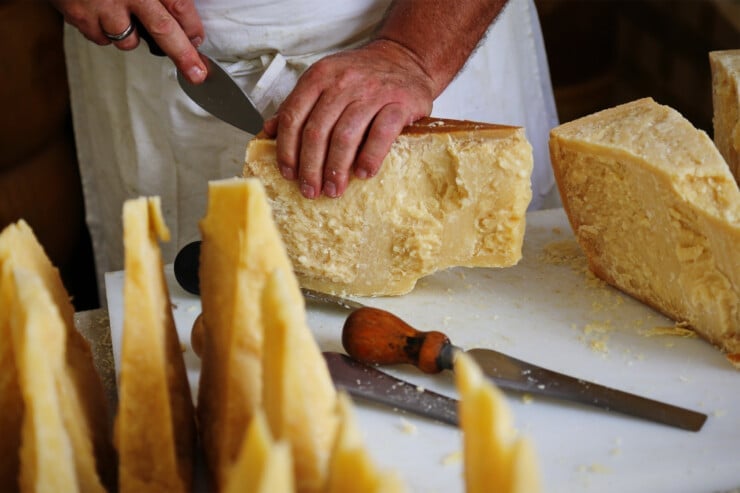
Things To Do For Food Lovers In Florence
If you love this article, chances are you’re a fellow food and wine lover. We’ve rounded up our picks of 5 unique things to do in Florence, Italy, for food lovers. From local groceries to market crawls, hands-on cooking classes, and DIY food tours, we can also help you plan it all!
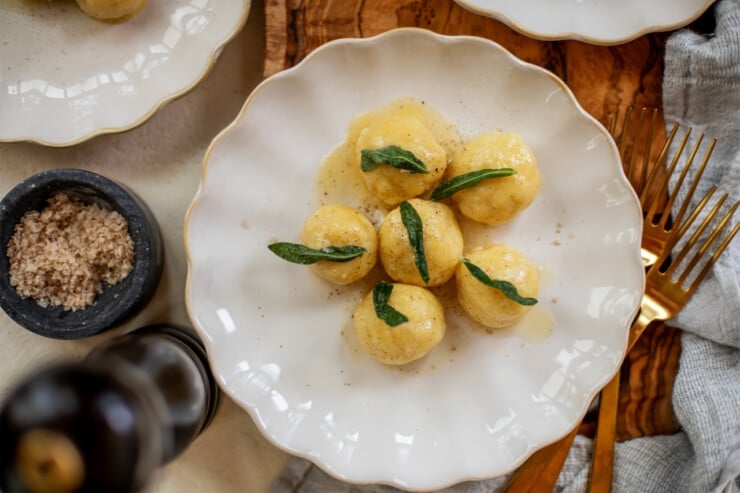
Classic Tuscan Recipes
Want to cook some local Tuscan food at home? Here are some classic dishes from Tuscany that our readers love:
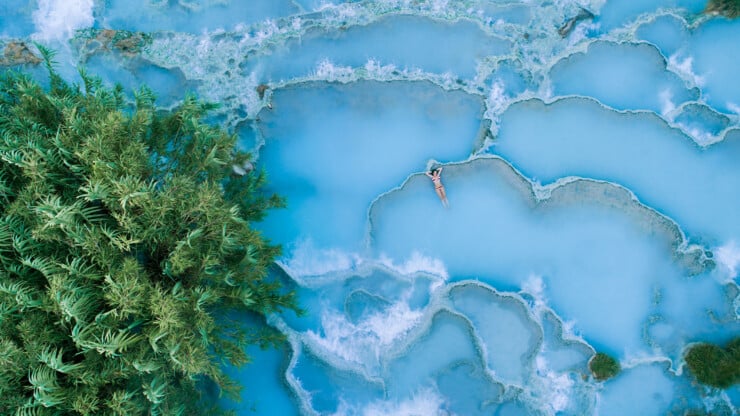
Tuscany Travel Guide
Are you considering traveling to Florence and the Tuscany region in real life? Well, then, beyond reading about the best places to stay in Florence, you’ll want to check out our free Tuscany Travel Guide for our best travel tips and articles.
Have Us Plan Your Italy Trip
Did you know we’re also a boutique travel agency specializing in Italy travel planning? If you’re looking to plan one of the best trips to Italy, our Italy trip planner services are here to help you plan your perfect itinerary.
Photo Credit: Photo of Brolio castle by Marco Bicci; Chianti wine label by Alessandro Sacchi on Unsplash; Chianti bottles by Watson Creation